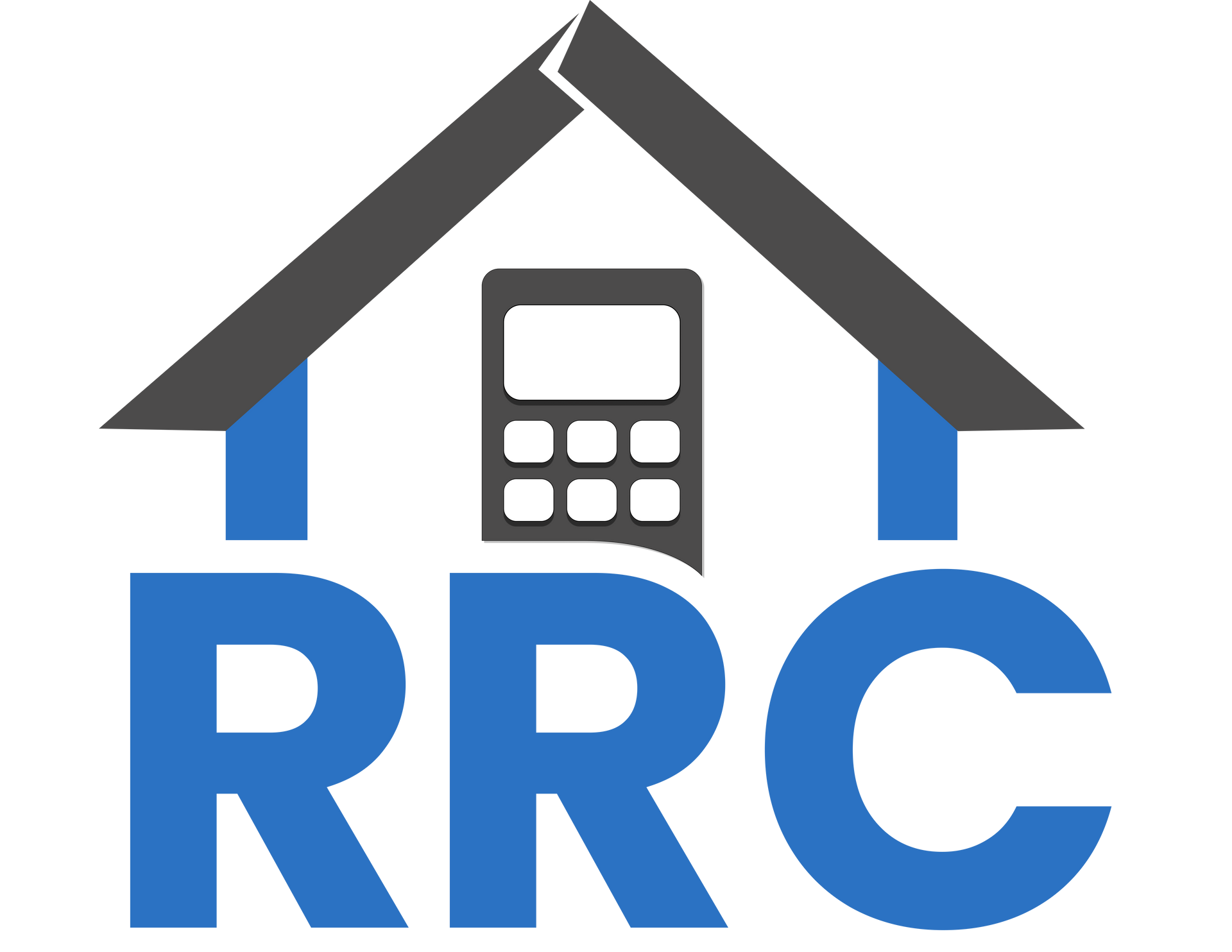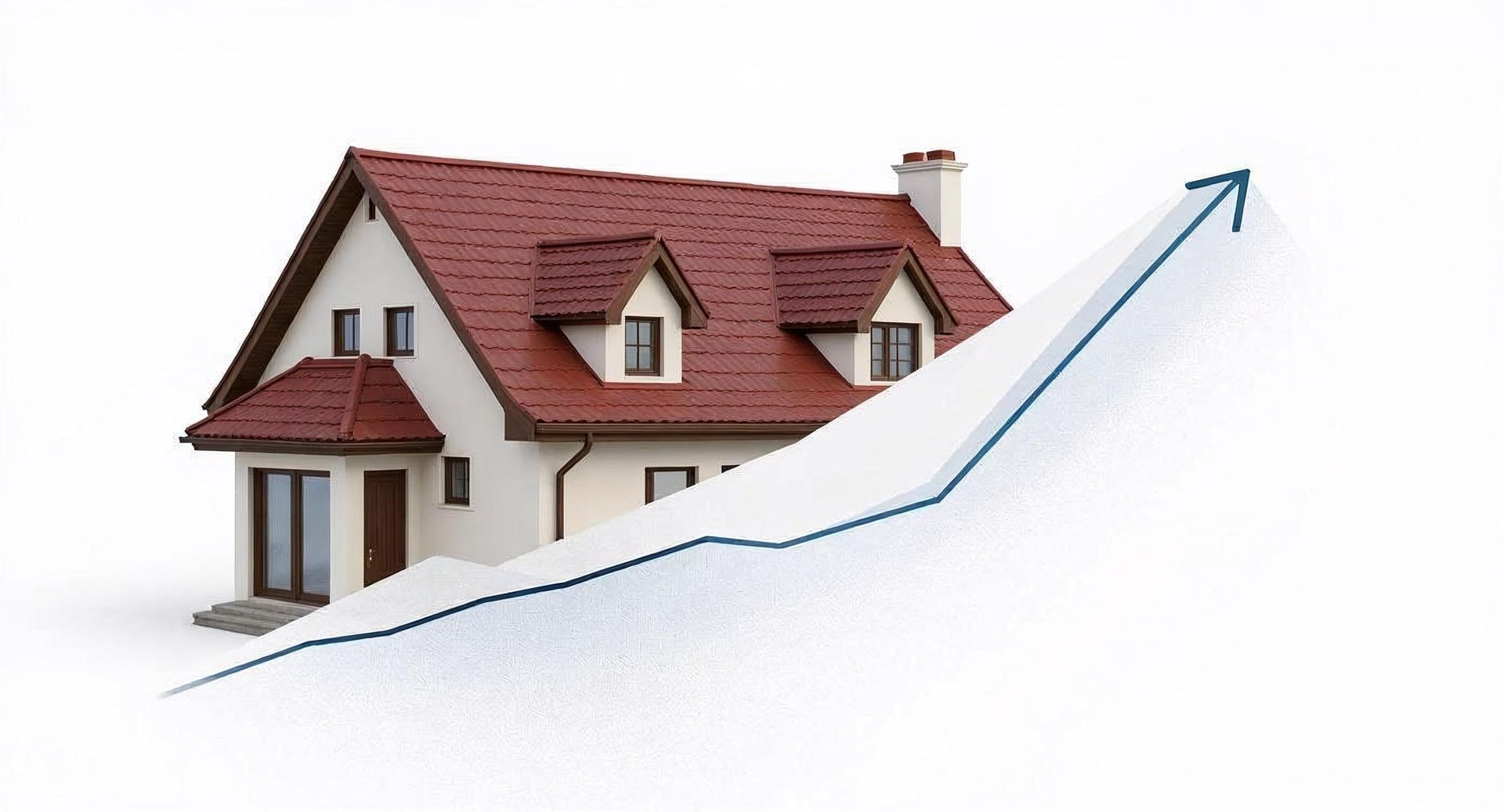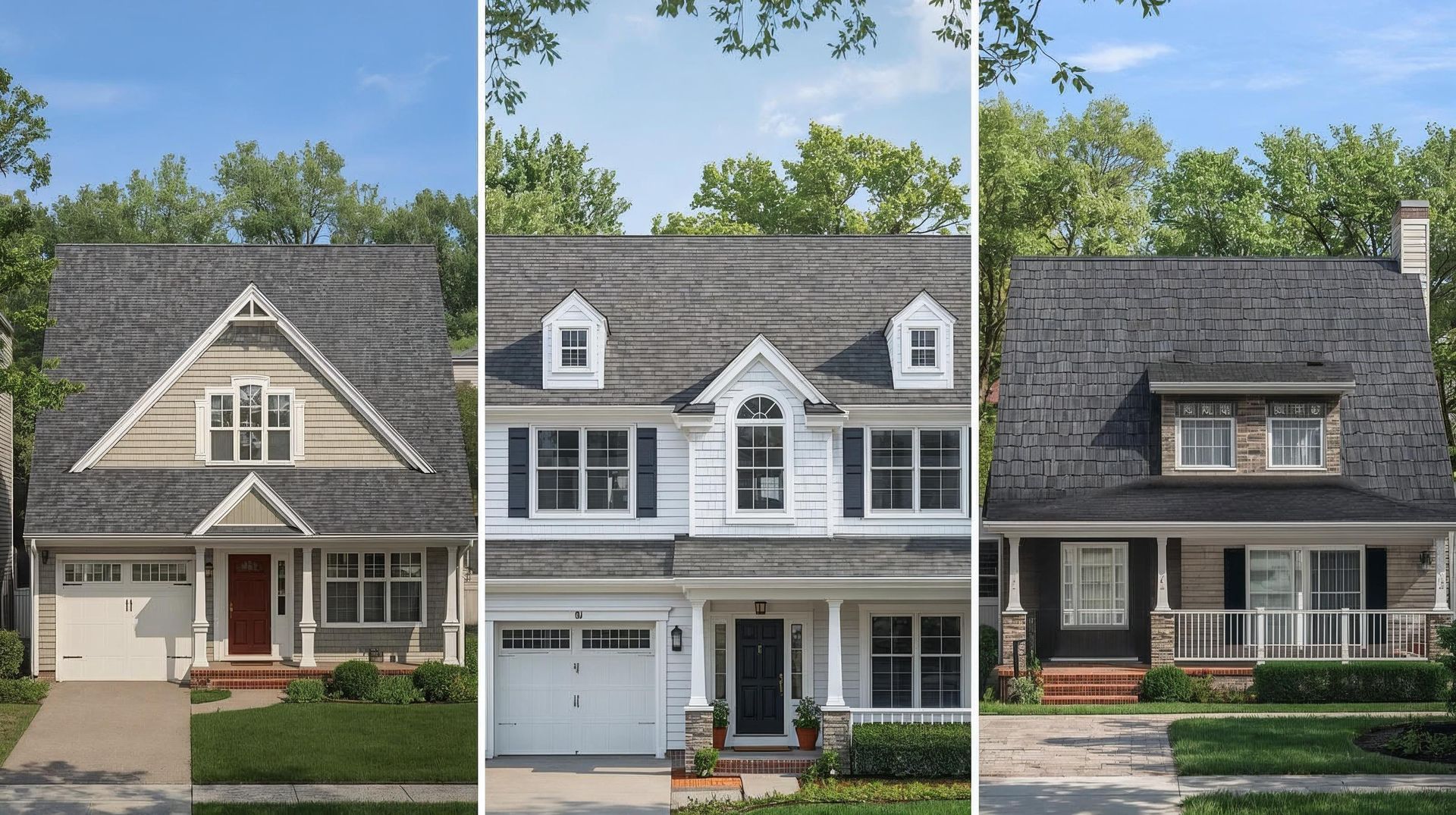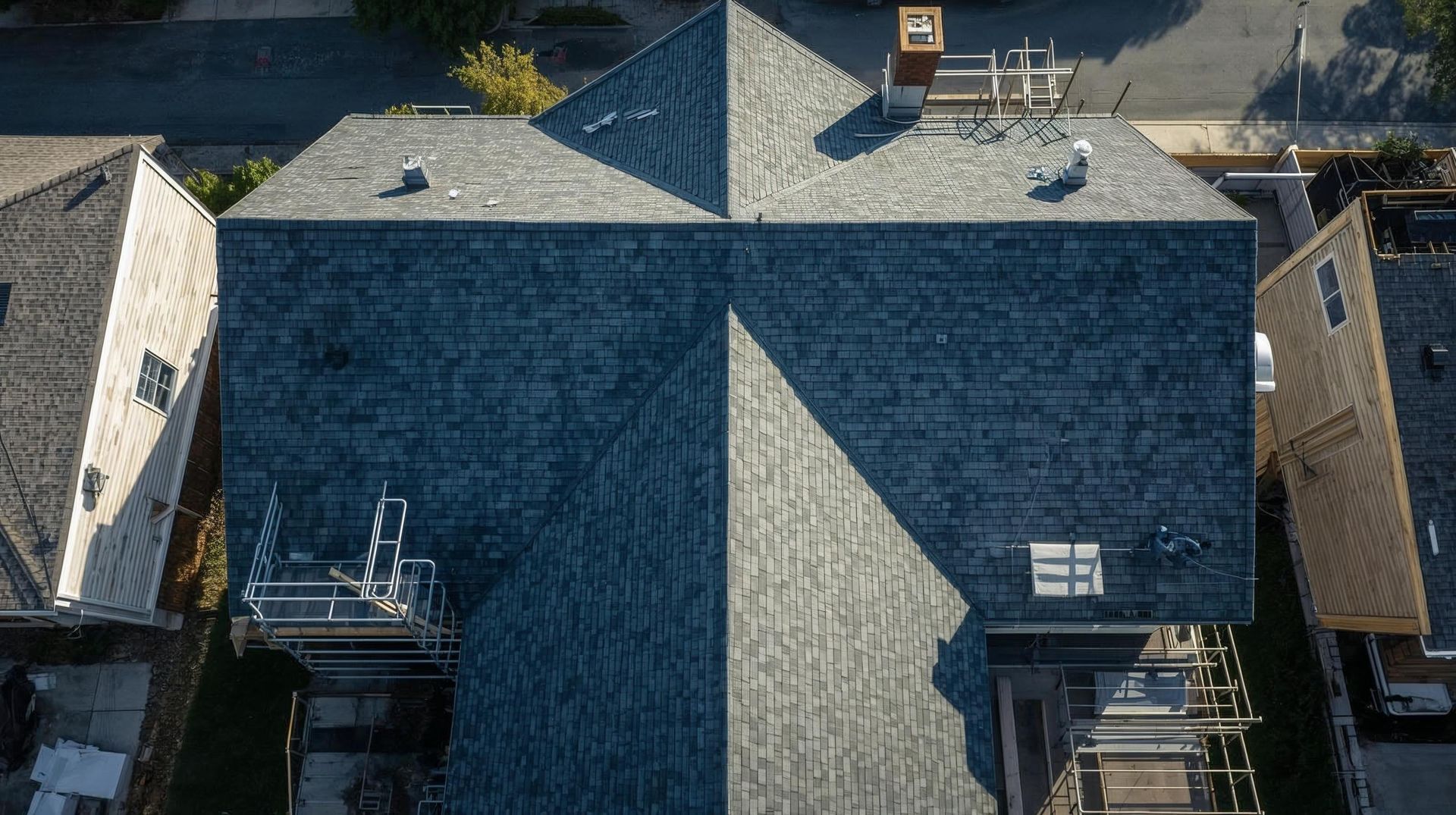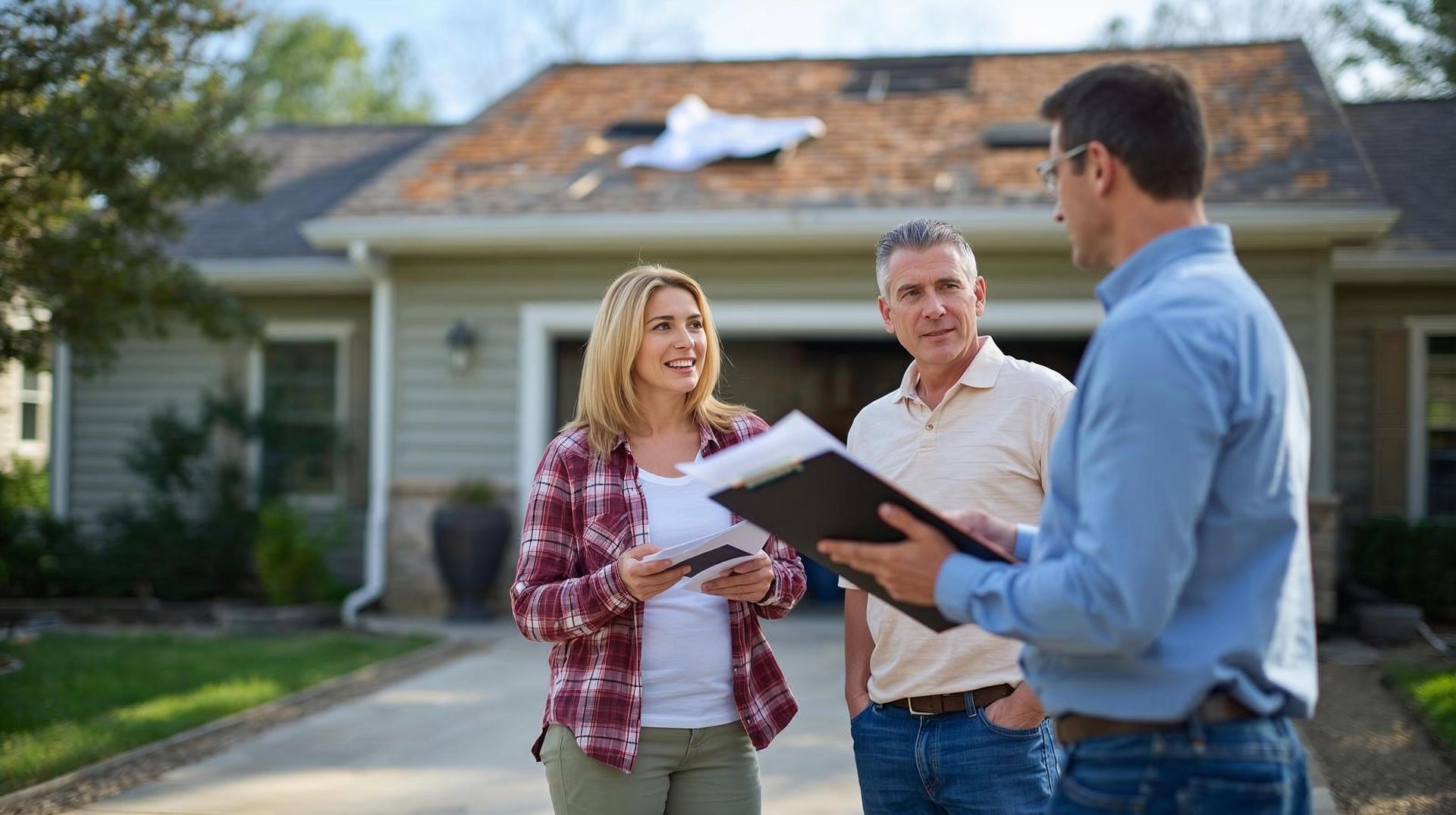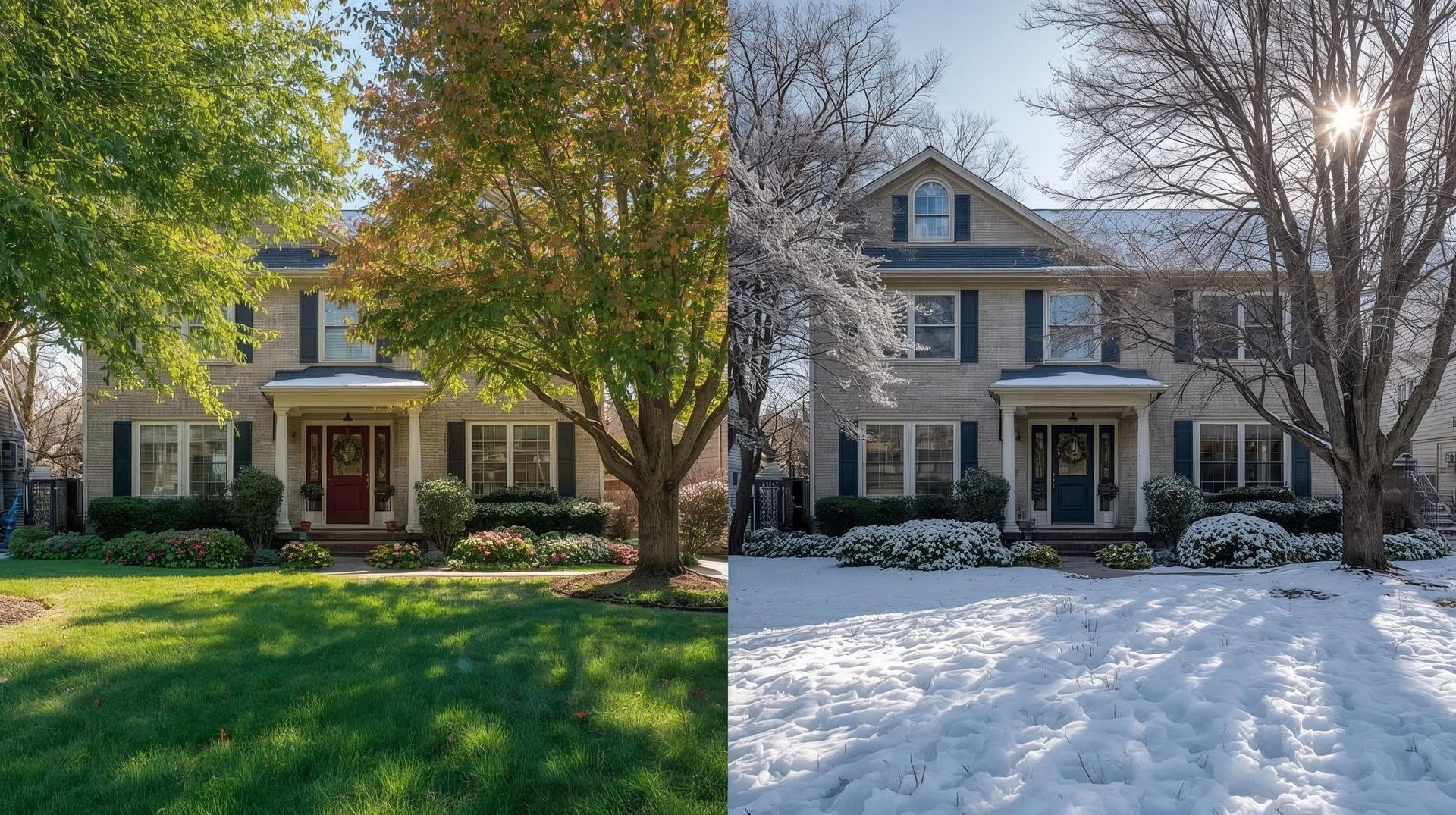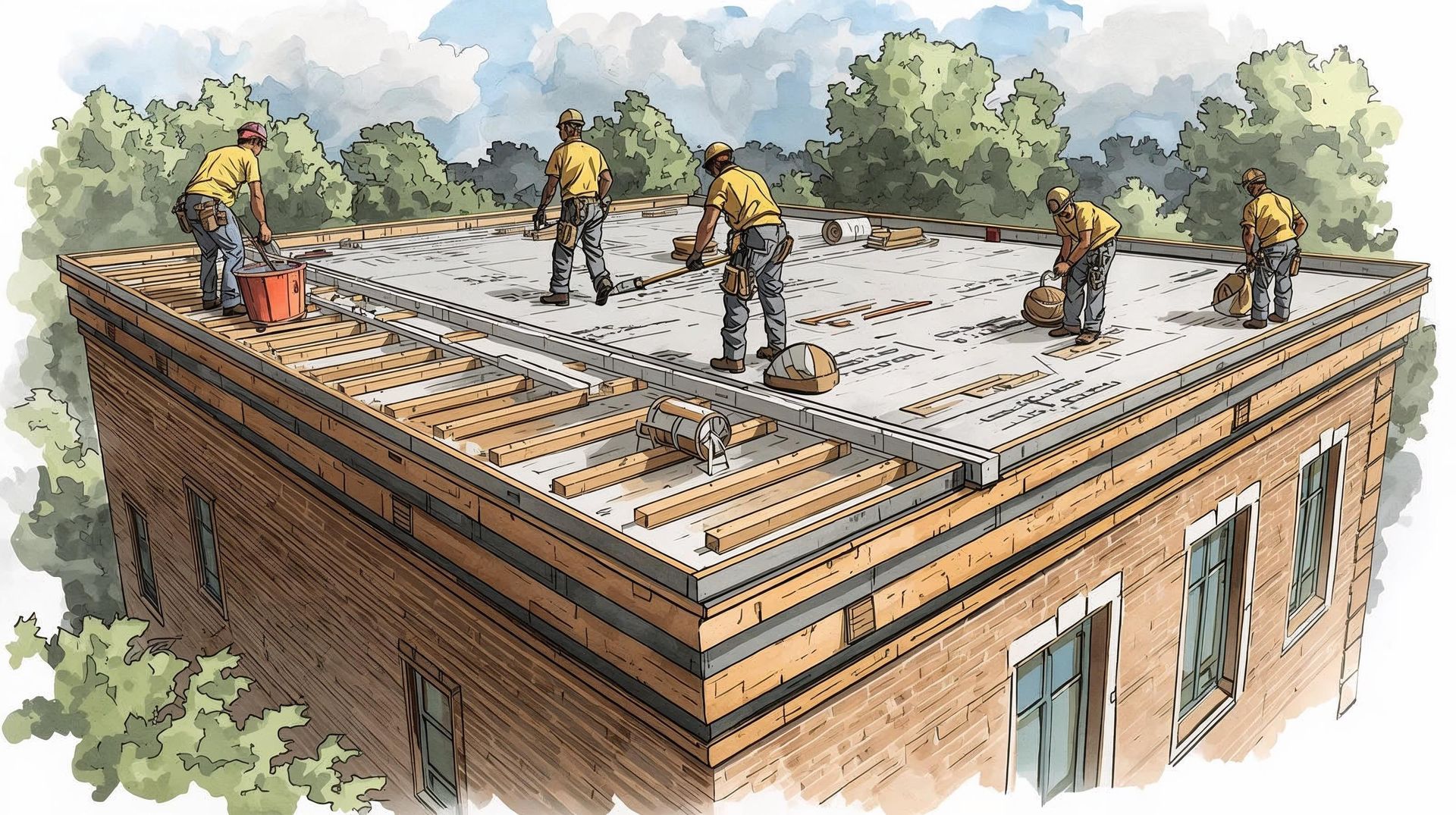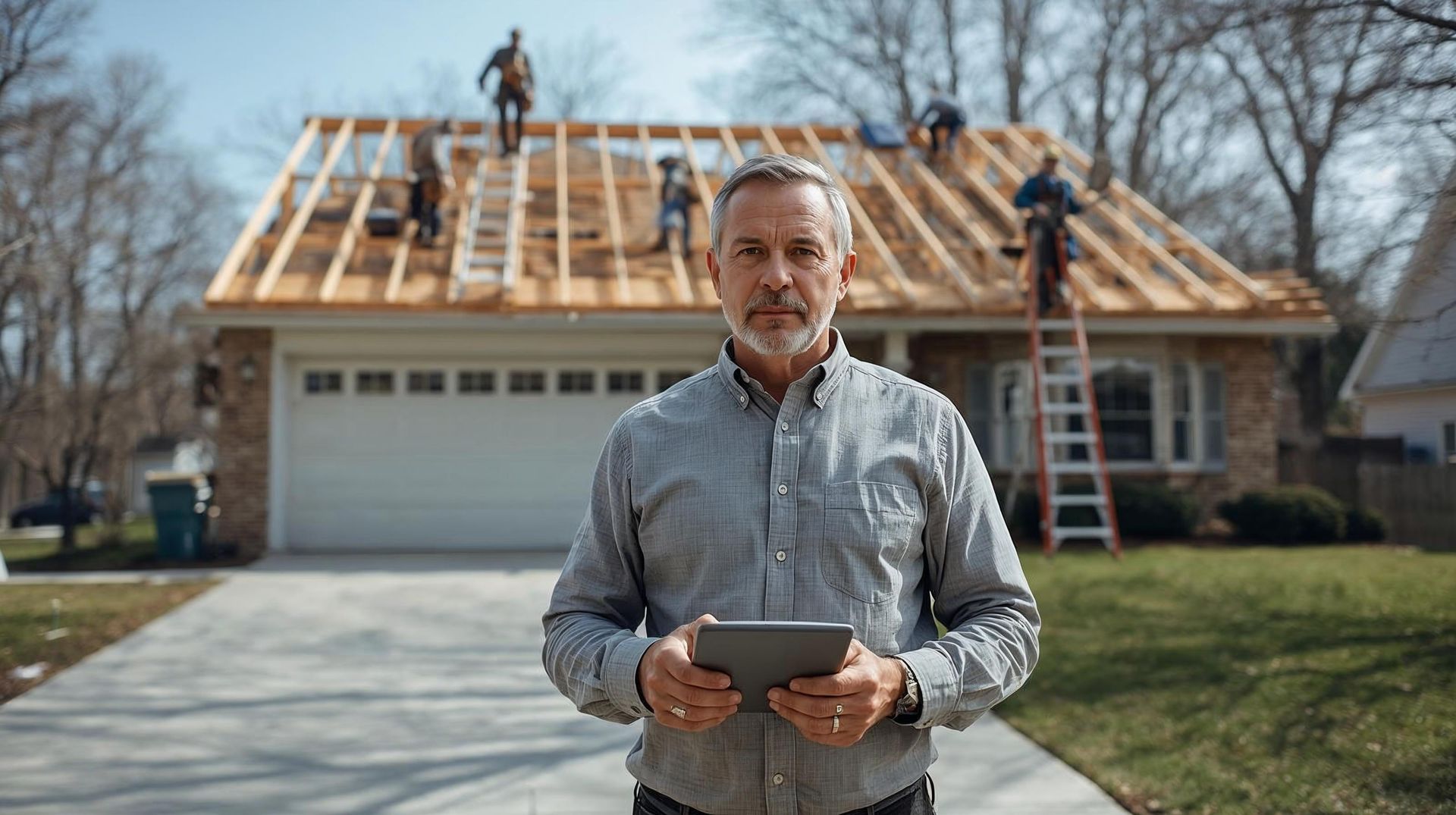Roof Repair vs. Roof Replacement: Which Is the Better Option for You?
- Repair is best for minor leaks, missing shingles, or small damage.
- Replacement is wiser if your roof is old, damaged in many areas, or needs constant fixes.
- Cost Gap: Repairs typically cost a few hundred to a couple of thousand dollars; replacements often range from $7,000 to $30,000.
- Key factors: Roof age, material lifespan, damage severity, and resale value.
- Inspections help: An expert can confirm whether repair or replacement is the best course of action.
- Use our Roof Cost Calculator to compare repair vs. replacement for your home.
- Localized damage, such as a few missing shingles or buckled shingles.
- A small leak or water stains in one area, but no widespread roof damage.
- Existing roof under 15 years old with a generally healthy roof structure.
- Isolated damage from falling debris or wind damage.
- Cost-effective solution: Repairs typically cost $150-$1,800, depending on severity.
- Fast turnaround: Roofing companies can handle minor repairs in a day.
- Save money short-term: A practical option to extend your roof's lifespan without replacing the entire roof
- Repeated repairs add up: After several temporary fixes, a new roof may be the best solution.
- Repairs may not address underlying issues, such as improper installation or hidden structural problems.
- It can hurt energy efficiency if the roof structure is already compromised.
- Old roof (20-30 years) nearing the end of its lifespan.
- Multiple leaks, sagging roof, or visible structural issues.
- Extensive damage from high winds, water infiltration, or heavy rain.
- A history of multiple repairs that keep failing.
- Eliminates further damage and the cycle of temporary fixes.
- Boost energy efficiency with modern roofing materials.
- Improves aesthetic appeal and curb appeal for potential buyers.
- A long-term investment, a new roof can last 20-70 years, depending on the material used.
- Average cost: $6,700-$29,800, about $7 per sq. ft.
- Roofing materials matter: Asphalt shingles are affordable, while slate and tile cost more.
- Costs increase with the complexity of the roof, permits, or structural problems uncovered during installation.
| Factors | Roof Repair | Roof Replacement |
|---|---|---|
| Best for | Isolated damage, a few shingles, or a small leak | Old roof, multiple leaks, or extensive damage |
| Cost | $150-$1,800 (cost-effective, short-term) | $7,000-$30,000 (long-term investment) |
| Timeline | 1-3 days | 1,2 weeks |
| Roof's Lifespan Impact | Extends the life of the current roof | Resets the clock with a new roof |
| Risks | May mask underlying issues; repeated repairs | Higher upfront cost |
| Benefits | Quick fix, save money now | Improves curb appeal, energy efficient, boosts resale value |
In short, repairs can be a smart fix for minor problems, while replacements offer lasting security and efficiency.
Use this breakdown as a guide, then explore our Roof cost Calculator to see which option makes the most sense for your situation.
What are some Key Factors to Evaluate the Roof Replacement?
When deciding whether to go for minor repairs or a complete roof replacement, it helps to weigh multiple factors. A professional roofing contractor will look at many of these during a thorough inspection, but as a homeowner, you should understand them too.
Let's help you sort them:
1. Roof age and Material lifespan
- Every roof has an expiration date.
- Asphalt shingles usually last 25-30 years, while a metal roof can last 70+ years, and slate can survive a century or more.
- If your existing roof is approaching the end of its natural lifespan, investing in a new roof may be the best solution rather than spending on repeated repairs.
2. Extent of Roof Damage
- Minor, localized damage like a few missing shingles, a small leak, or water stains can often be handled with minor repairs.
- But if you're dealing with multiple leaks, buckled shingles, sagging roof sections, or extensive water damage, a complete roof replacement becomes the safer choice.
3. Roof Structure and Underlying Issues
- Sometimes the surface damage looks manageable, but a professional inspection can reveal deeper problems like structural issues, improper installation, or water infiltration into the decking.
- If the roof structure itself is compromised, repairs are only a temporary fix.
4. Budget and Long-term Plans
- If you're planning to stay in your home for only a few years, a quick fix may be a cost-effective solution to get by.
- But if this is your forever home, a long-term investment in a new roof may actually save money in the long run, since you won't have to pay for the repeated repairs.
5. Aesthetic Appeal and Resale Value
- A roof plays a huge role in how a home looks.
- If you're selling your home, potential buyers may be turned off by a roof with mismatched shingles or signs of further damage. A new roof not only improves curb appeal but can also raise your home's market value.
6. Urgency and Weather Risks
- Delaying a roof leak repair during storm season could lead to further damage from heavy rain, high winds, and falling debris.
- Sometimes the safest option is to replace your roof before the weather exposes its weakness.
7. Insurance Coverage
- Many homeowners don't realize that roof damage caused by storms, hail, or wind may be partially or fully covered by insurance.
- However, wear and tear or damage from improper installation usually isn't. Always check your policy before deciding.
How the Roof Cost Calculator Guides Your Choice
Guesswork shouldn't be part of such a significant investment. That's why our interactive Calculator is designed to give you a clear, side-by-side look at roof repair vs. replacement costs. Here's how it works:
1. Start with the Basics
- You'll enter details like your roof size, material type, and age.
- Then, note the kind of problem you're seeing: whether it's a small leak, missing shingles, or more extensive damage.
2. Instant Cost Comparison
- Within seconds, the Calculator shows estimated costs for both repair and replacement.
- It breaks down labor, materials, disposal, and additional fees, so you know exactly what you're looking at.
3. Repair vs. Replacement Value
- A $1,000 repair may feel like a quick fix, but if you're likely to need repeated repairs, the Calculator helps you see how a full replacement could actually be the cost-effective solution over time.
4. Re-Roofing Options
- In some cases, you might not need to tear off the entire roof.
- The tool will let you know if re-roofing (adding a layer of shingles over the existing roof) is a practical option, along with its pros and cons.
5. Guided Recommendations
- Based on your entries, the Calculator offers suggestions on whether a repair should hold up or if it's time to replace your roof.
- It's like having a roofing professional give you a quick consultation.
6. Beyond just numbers
- The tool also highlights long-term considerations, like energy efficiency savings or the boost in curb appeal that comes with a new roof.
- It provides the whole picture, not just the upfront cost.
By the end, you'll have more than just a dollar figure. You'll have the clarity to make a confident decision about whether to repair or replace.
Conclusion
If your current roof is relatively new and the issue is localized damage like a few damaged shingles or a small leak, minor repairs may be the most cost-effective solution. But if you're facing multiple leaks, a sagging roof, or structural issues with an old roof, it's time for a complete roof replacement.
To avoid overspending or making the wrong call, always get a professional inspection before you decide.
Use our Roof Cost Calculator now to compare roof repair or replacement costs for your home and protect your roof's future with confidence.
Can I re-roof instead of a full replacement?
Yes, but only if your roof structure is solid. Re-roofing is a practical option for an existing roof with no significant damage.
How do I know if my roof is leaking or just dirty?
Look for water stains, water infiltration, or mold inside; these are clear signs of a roof leak.
How long does a new roof last?
Depends on roofing materials: Asphalt lasts 25 to 30 years, metal lasts for 50-70 years, and slate lasts up to 150 years.
Will insurance cover replacement?
Most policies cover roof damage from storms, hail, or high winds, but not old roof wear or improper installation.
